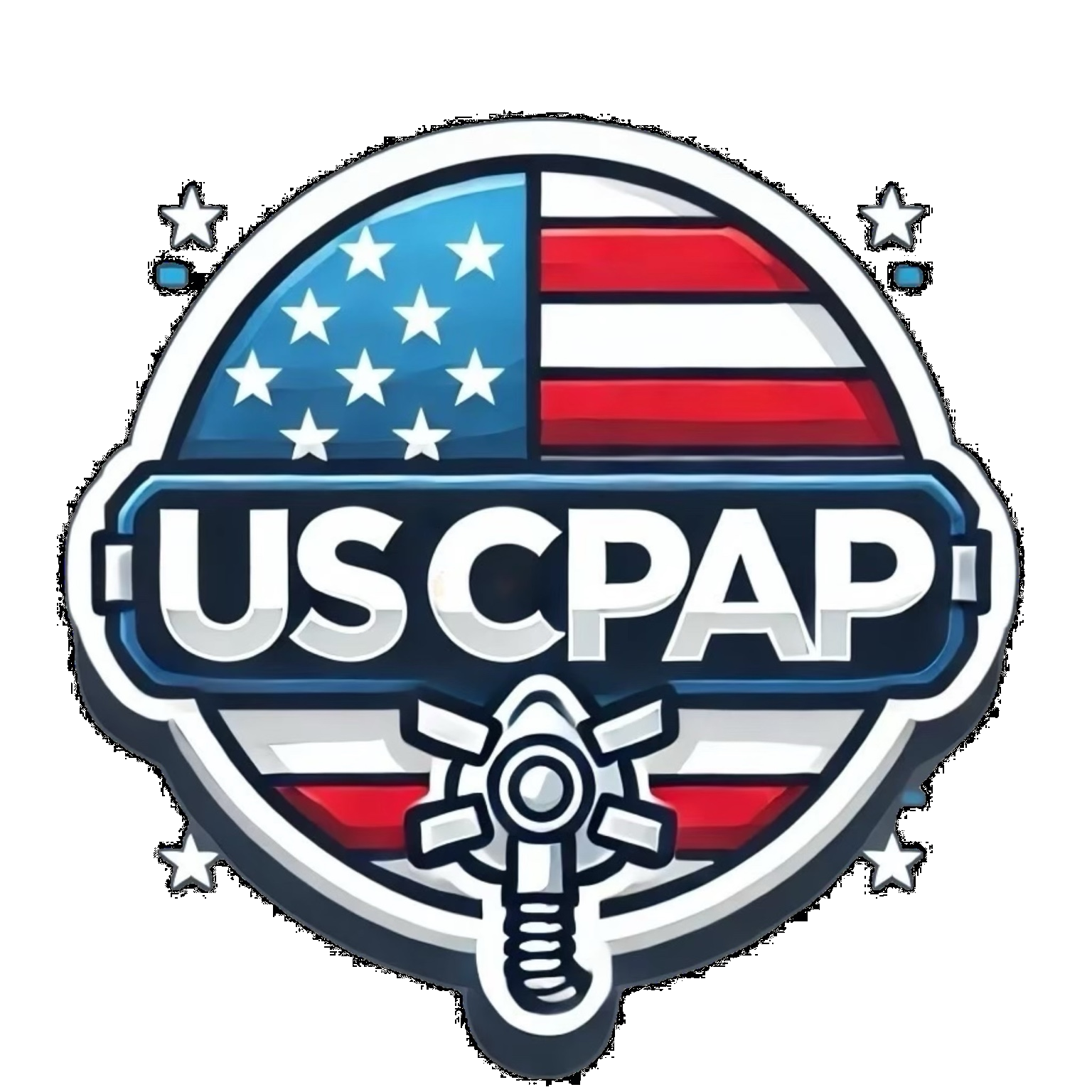The Risks of Using Tap Water in CPAP Machines: Ensuring Safe and Effective Sleep Apnea Therapy
Continuous Positive Airway Pressure (CPAP) therapy is widely recognized as an effective treatment for obstructive sleep apnea (OSA), a condition characterized by repeated breathing interruptions during sleep. A key component of CPAP therapy is the humidifier, which adds moisture to the airflow, preventing dryness and irritation of the airways. The choice of water for the humidifier is critical; using tap water can introduce various risks, including exposure to harmful microorganisms and mineral buildup. This article explores these dangers, emphasizing the importance of using distilled or sterile water in CPAP machines.
Understanding CPAP Humidifiers
CPAP humidifiers are designed to add moisture to the pressurized air delivered through the mask, enhancing comfort and adherence to therapy. There are two primary types of humidifiers:
-
Passover Humidifiers: These allow air to pass over a chamber of water, picking up moisture before delivery.
-
Heated Humidifiers: These warm the water to increase humidity levels, providing greater comfort, especially in colder environments.
The water used in these humidifiers becomes part of the airflow that patients inhale, making its purity paramount.
Potential Risks of Using Tap Water
Using tap water in CPAP humidifiers can pose several health and equipment-related risks:
-
Microbial Contamination: Tap water may contain bacteria, fungi, and protozoa. When used in a humidifier, these microorganisms can be aerosolized and inhaled, potentially leading to respiratory infections. The Centers for Disease Control and Prevention (CDC) has reported cases where the use of tap water in devices like neti pots led to serious infections. While CPAP machines are different, the risk of inhaling contaminated aerosols remains a concern.
-
Mineral Deposits: Tap water contains minerals such as calcium and magnesium. Over time, these minerals can accumulate in the humidifier chamber, leading to scaling and reducing the efficiency of the device. This buildup can also create an environment conducive to microbial growth.
-
Chemical Contaminants: Depending on the source, tap water may contain trace amounts of chemicals, including chlorine, fluoride, and heavy metals. Inhaling these substances over time could have unknown health effects.
Recommendations from Reputable Sources
The Mayo Clinic advises using distilled or demineralized water in humidifiers to prevent mineral buildup and potential contamination. They emphasize that tap water contains minerals that can lead to the growth of bacteria inside the humidifier. When released into the air, these minerals often appear as white dust on your furniture, and you might breathe in some minerals that are spread into the air. Distilled or demineralized water has much fewer minerals than does tap water.
Similarly, the National Institutes of Health (NIH) highlight the importance of using sterile water in medical devices to prevent infections. They note that drinking water in the U.S. comes from a variety of sources, including public water systems, private wells, or bottled water. Though more of a concern in developing countries, safe drinking water is a U.S. public health priority.
Best Practices for CPAP Humidifier Use
To ensure safe and effective CPAP therapy, consider the following practices:
-
Use Distilled or Sterile Water: Always fill the humidifier chamber with distilled or sterile water to minimize the risk of contamination and mineral buildup.
-
Daily Maintenance: Empty and rinse the humidifier chamber daily. Allow it to air dry completely before the next use to prevent microbial growth.
-
Regular Cleaning: Clean the humidifier chamber, tubing, and mask regularly following the manufacturer's instructions. This typically involves using mild soap and water or a vinegar solution.
-
Replace Components as Recommended: Adhere to the replacement schedule for CPAP components, including the humidifier chamber, to ensure optimal performance and hygiene.
Conclusion
The use of tap water in CPAP humidifiers can introduce health risks and compromise the functionality of the device. By following recommended practices, such as using distilled or sterile water and maintaining regular cleaning routines, patients can ensure safe and effective CPAP therapy. Consulting with healthcare providers and adhering to manufacturer guidelines will further enhance the benefits of CPAP treatment for obstructive sleep apnea.
Bibliography:
-
Mayo Clinic. "Humidifiers: Ease skin, breathing symptoms." Mayo Clinic.
-
National Institute of Environmental Health Sciences. "Safe Water and Your Health." National Institute of Environmental Health Sciences.
-
Centers for Disease Control and Prevention. "Acanthamoeba Keratitis." Centers for Disease Control and Prevention.
-
National Institutes of Health. "Drinking Water and Your Health Fact Sheet." National Institutes of Health.
-
Mayo Clinic. "CPAP machines: Tips for avoiding 10 common problems." Mayo Clinic.
-
National Heart, Lung, and Blood Institute. "CPAP." National Heart, Lung, and Blood Institute.
-
Mayo Clinic. "What to know about CPAP machines?" Mayo Clinic.
-
Mayo Clinic. "Humidifiers and Respiratory Health." Mayo Clinic.








Leave a comment
This site is protected by hCaptcha and the hCaptcha Privacy Policy and Terms of Service apply.